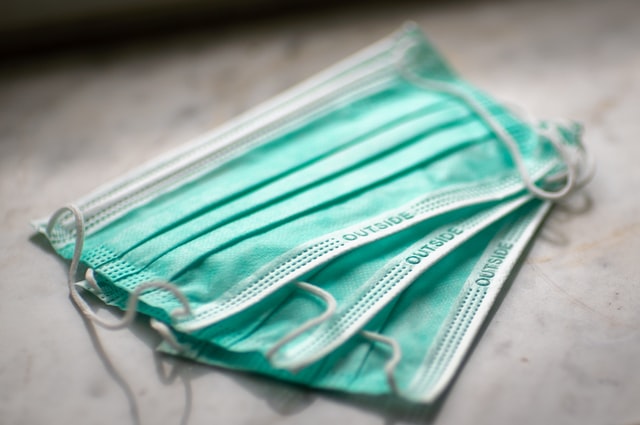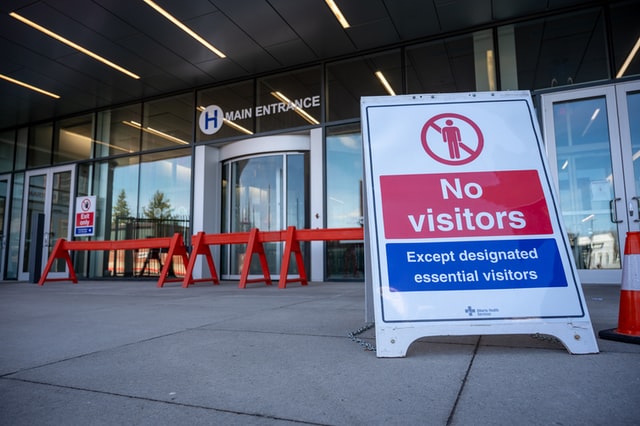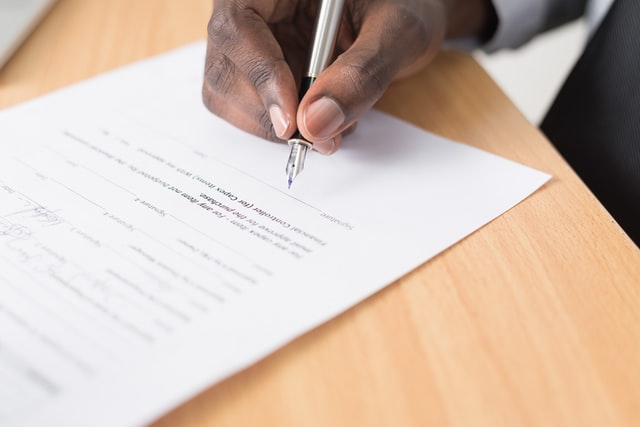How to Test for COVID-19 Fevers at your Building
Posted by Gregory DeRouanna on Jul 23, 2020

Table of Contents
- Decide on Screening Protocols
- Consider COVID-19 Safety Requirements
- Decide Which Type of Temperature Screening Option Will be Used
- Decide On Where Screening Will be Done
- Develop a Clear Screening Process
- Communicate the Temperature Screening Process in Advance
- Develop a Strict Documentation Process
- Follow-Up and Return-to-Work Policies
The need for temperature screening amid the COVID-19 pandemic is becoming an essential part of ensuring workplace health and safety for both employees and customers. Broad-scale screening for COVID-19 fever detection was unthinkable a few months ago, but as the realities of the pandemic have set it, businesses will have to implement daily temperature screening at entry points to return to normal operations.
But the question for most businesses is - how can you safely and efficiently implement the COVID19 fever screening process? What procedures should employers implement? Here’s a step-by-step guide on how to test for COVID-19 fevers at your building:
 1. Decide on Screening Protocols
1. Decide on Screening Protocols
Who will be screened, and who will be doing the screening? While some employers are only screening critical workers who are at risk of exposure to the COVID-19 coronavirus, some are screening all employees and customers who visit their building premises, as experts recommend. The decision on who to screen largely relies on their type of business.
When it comes to deciding who will be doing the screening for COVID-19 fever detection, it all depends on the protocols you want to follow. You can assign the task to designated employees, use third-party healthcare contractors to do the screening, or opt for hands-off thermal screening solutions that don’t need a dedicated person to oversee the screening process.
If you decide to have someone screening employees or customers, ensure they have proper training and the right personal protective equipment. They must also be trained about confidentiality in regards to temperature information and decision-making on whether and when an employee may be sent home or customer advised to seek medical attention.
 2. Consider COVID-19 Safety Requirements
2. Consider COVID-19 Safety Requirements
When implementing COVID19 fever screening for your business, you must comply with the applicable federal, state, and local health and safety procedures to protect your employees, clients, and customers from potential infection and other hazards. Consider the exposure risks for screening personnel and ensure proper screening procedures are followed for COVID-19 fever detection.

3. Decide Which Type of Temperature Screening Option Will be Used
There are numerous thermometer options. When deciding which one to use, consider the availability of the screening option, how soon you can obtain it, how fast it works, its accuracy, and ease of use. There are options like commercial-standing no-contact temperature measuring devices and professional thermal cameras for commercial screening.
For businesses with lots of foot traffic where fast screening is needed to ensure smooth operations, it’s advisable to go for commercial-grade thermal screening cameras at the screening points. Temperature screening gates for COVID-19 fever detection at entrance points are also a great option.
 4. Decide On Where Screening Will be Done
4. Decide On Where Screening Will be Done
Depending on your business building layout, you may have to consider whether the screening will be done outside or inside the building premises. The CDC recommends that COVID-19 temperature screening be done before entry to a workplace or business. Solutions can include drive-thru screening or a temporary screening point in a parking lot outside the entrance points.
For inside screening, it should be close to the business entrance. Each individual should follow laid out COVID-19 safety measures, including practicing social distancing, using hand sanitizer, and wearing masks if required. The screening point should not block the exit points.
 5. Develop a Clear Screening Process
5. Develop a Clear Screening Process
The COVID-19 fever detection process should be clear and easy to follow. Decide what temperature will be considered a fever to warrant sending someone home. The CDC defines it as a temperature that’s 100.4° F or higher. Specifics may depend on your state’s laws too. Decide whether the screening process will involve asking questions. What steps will be taken when an employee or customer passes or doesn’t pass the screening process?
 6. Communicate the Temperature Screening Process in Advance
6. Communicate the Temperature Screening Process in Advance
Business owners should inform their workers, clients, and customers about the screening process for COVID-19 fever detection in advance so that they know exactly what to expect and what to do. A written screening notice should also be posted at entrance points to the business premises and on the business website and other online platforms. Make sure to check state laws on what should be included.
 7. Develop a Strict Documentation Process
7. Develop a Strict Documentation Process
As part of the COVID19 fever screening process for businesses, it’s important to develop a strict documentation process. Decide what information you will document, how you’ll do it, and where you’ll store it. You don’t have to keep records of everyone. Instead, you can record information of those who didn’t pass the screening, their temperature, time, names, contacts, and the decision made - whether it’s sending them home because of a fever or any other action.
 8. Follow-Up and Return-to-Work Policies
8. Follow-Up and Return-to-Work Policies
If you send an employee back home due to COVID-19 fever detection, make sure to provide instructions on what they should do depending on your business policies, and follow up with them. Do the same with your customers or clients. Employees sent home shouldn’t return to work until they’re well and meet the laid out return-to-work criteria.
Conclusion
The COVID-19 pandemic has significantly impacted businesses across the world. As operations return to normal, business owners will have to adapt and take the right steps to ensure the safety of their employees, clients, and customers. Following the right screening process for COVID-19 fever detection will play a big role in preventing widespread infections.
At CCTV Security Pros, we bring you professional thermal screening cameras and other temperature measuring devices to help your business get back to work safely and efficiently. Talk to us to learn more.





